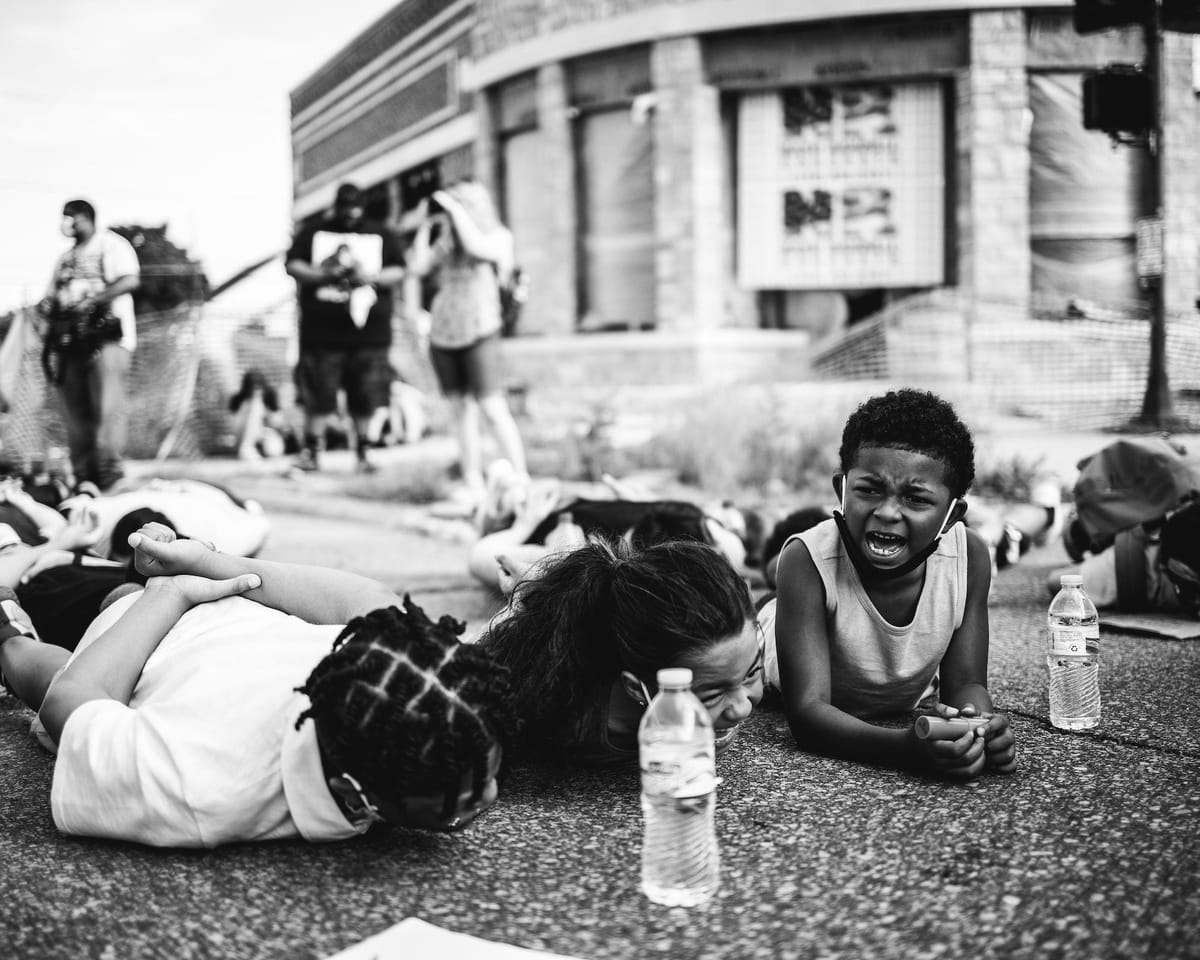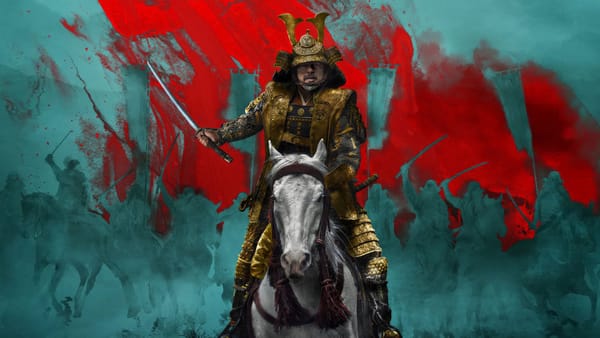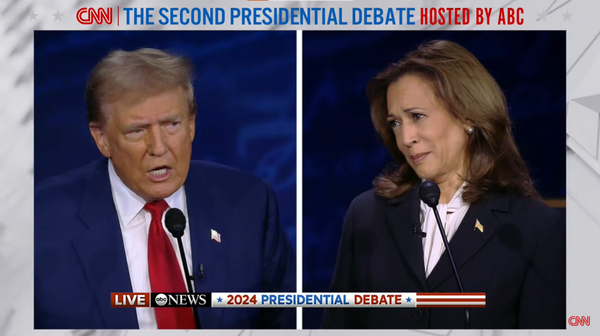Race and Police Brutality: The Divisions of How Police Treat Youths of Different Racial Backgrounds
Law enforcement is responsible for more than one percent of the deaths of men between twenty and twenty-nine years of age.

“All they see is my skin color, and they make every assumption there is to make about it. Who are they protecting by taking so many lives? “All Lives Matter,” except mine.”
Race and Police Brutality Against Black Youths
Black communities often face increased crime rates leading to seeking good relationships with police officers. However, this is unlikely in the country until there is found a way of addressing the history of utilizing law enforcement, including the police, as a tool to reinforce racially unequal systems.
Smart Policing as a Way for Law Enforcement to Determine the Severity of Threats
Law enforcement can inculcate smart policing that is capable of analyzing the difference between severe threats and petty crimes between the small minority of lawbreakers, and the majority of law-abiding residents in a community. This configuration can be employed as it gets done in white communities all over the country. Instances of violence and police harassment in black communities are common.
Police Brutality Statistics
The likelihood of young black men when it comes to being shot and killed by police is twenty-one times that of young white men undergoing the same. Young black men are increasingly likely to face continuing daily indignities and slights at the hand of law enforcement. The underlying causes are widespread. Black citizens often see law enforcement as the face of larger systems of inequality in housing, health, education, employment, and the justice system.
Police Brutality and Its Effects on Health Outcomes
- Police brutality leads to integrated oppressive structures that lead to systematic disempowerment.
- There are financial strains caused by police brutality due to funeral and medical bills, incarcerations, and arrests.
- There has also been stress caused by racist public interactions.
- Lastly, police brutality has led to fatal injuries that result in increased mortality rates that get characterized as population specific.
Lifelong Risk of Fatal Police Brutality to the Youth and Its Divergences Across Race
The lifelong risk of fatal police brutality and violence, especially for males, is unequal across ethnic and racial groups as people of color are much more likely to be killed by law enforcement as compared to white individuals. The risk of police killings is increased among those of ages twenty to thirty-five and for young men between ages twenty-five and twenty-nine. The overall mortality of young men of color is attributed significantly to police brutality and violence.
The Factors at Play When it Comes to Law Enforcement and Its Contribution to Mortality Rates
Law enforcement is responsible for more than one percent of the deaths of men between twenty and twenty-nine years of age. There are numerous factors at play when it comes to police brutality. It can be the case that the skin color of an individual within their ethnic or racial group could affect their risk of suffering police brutality.





